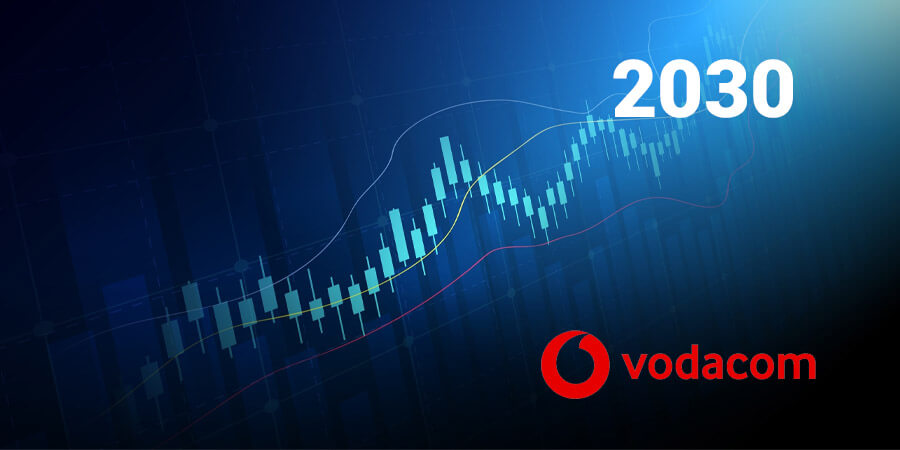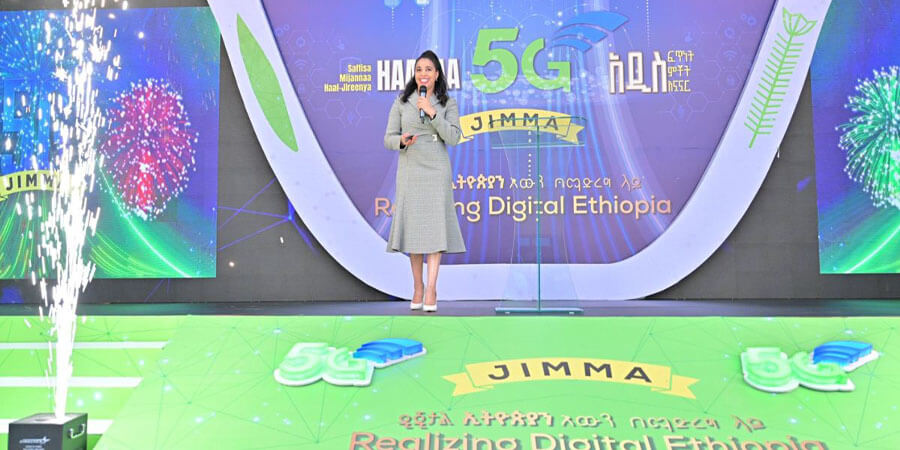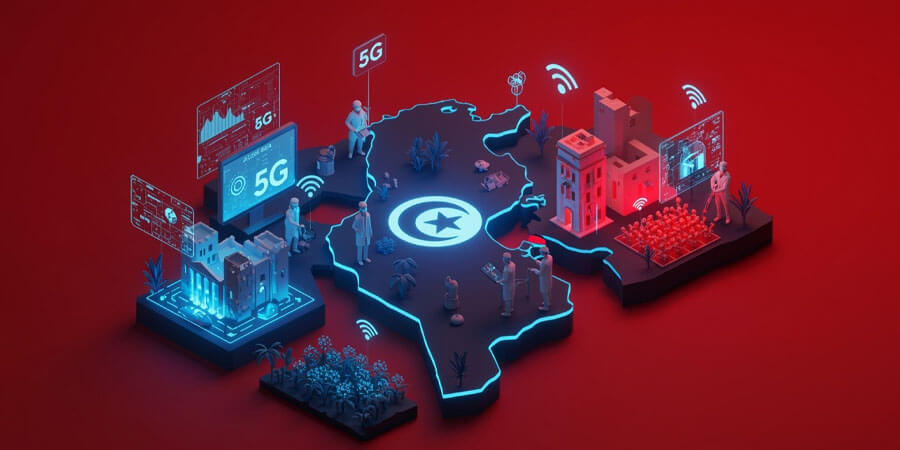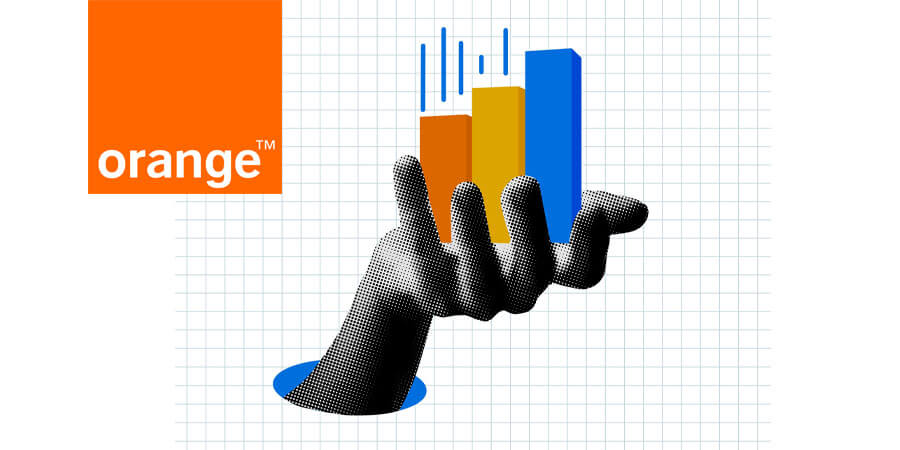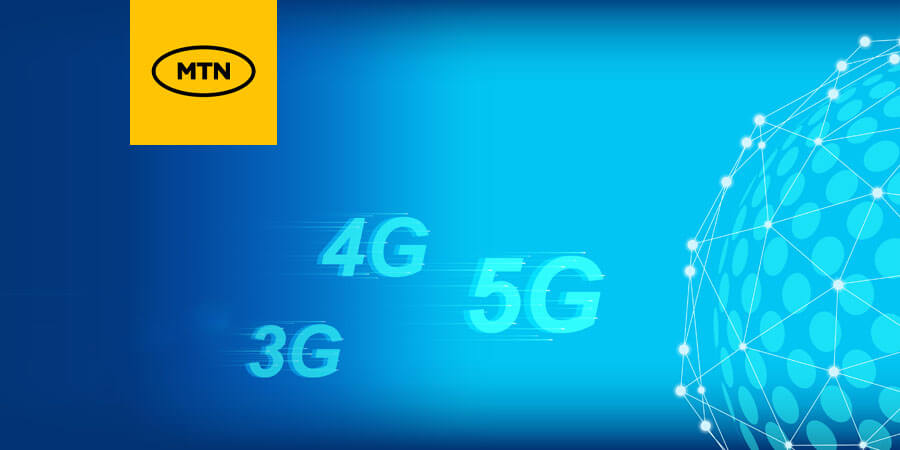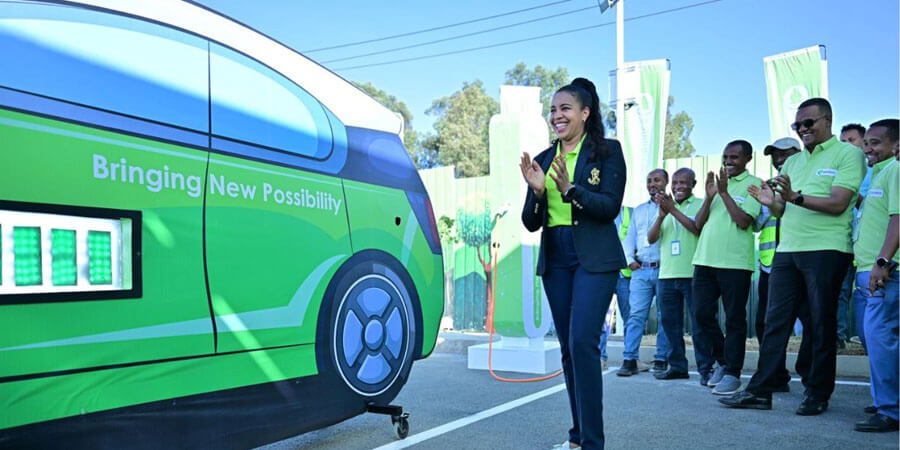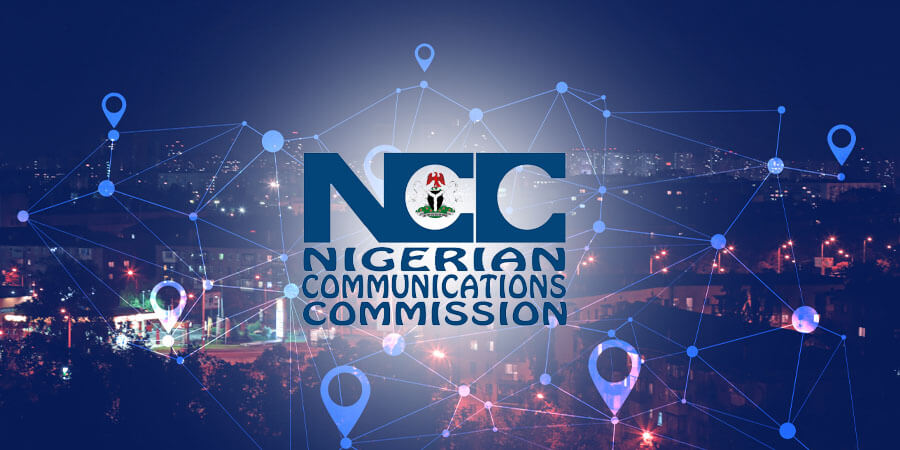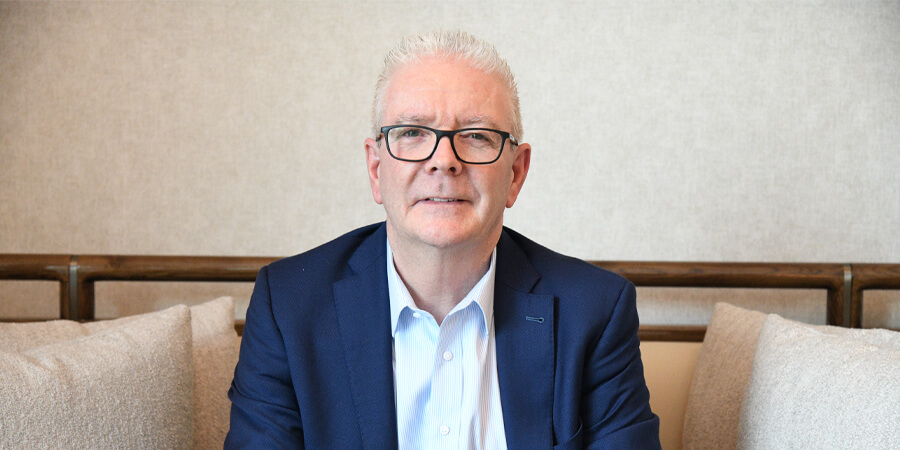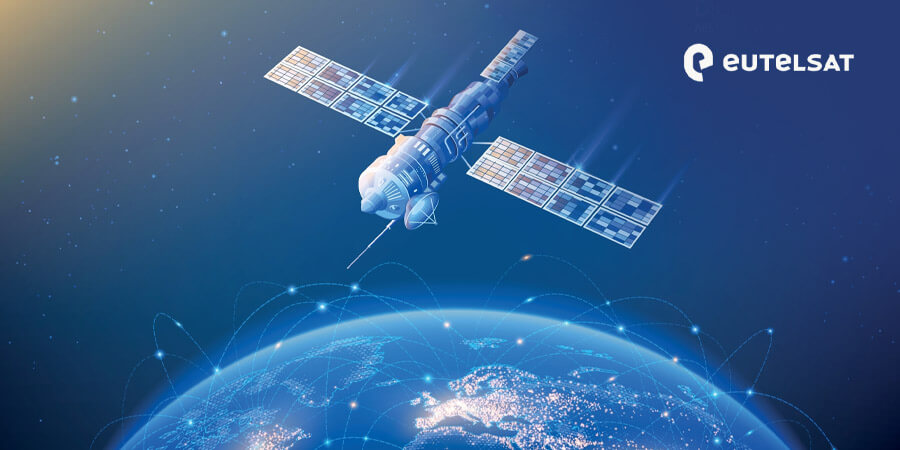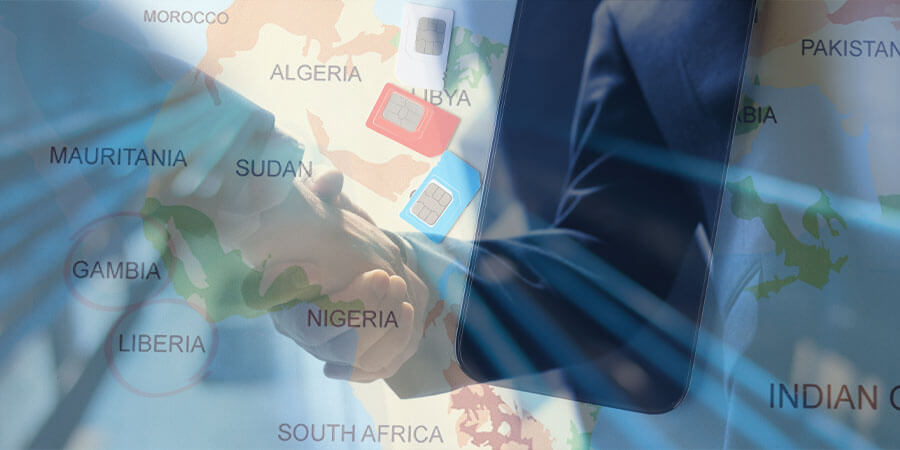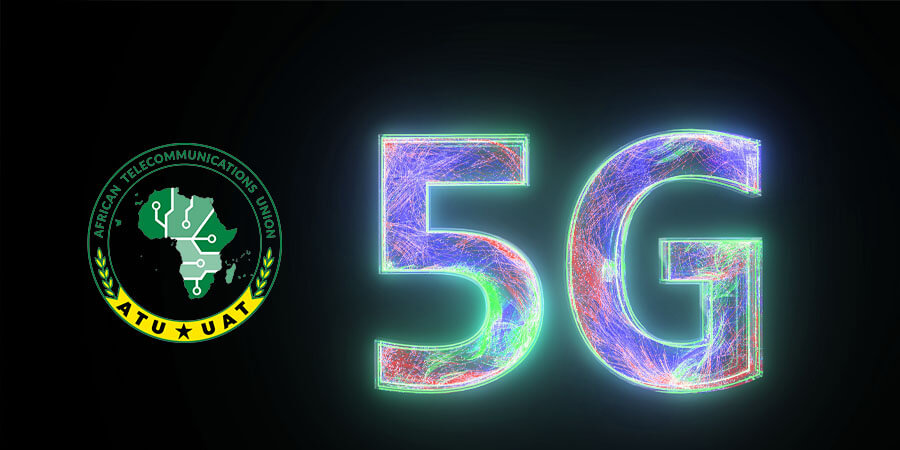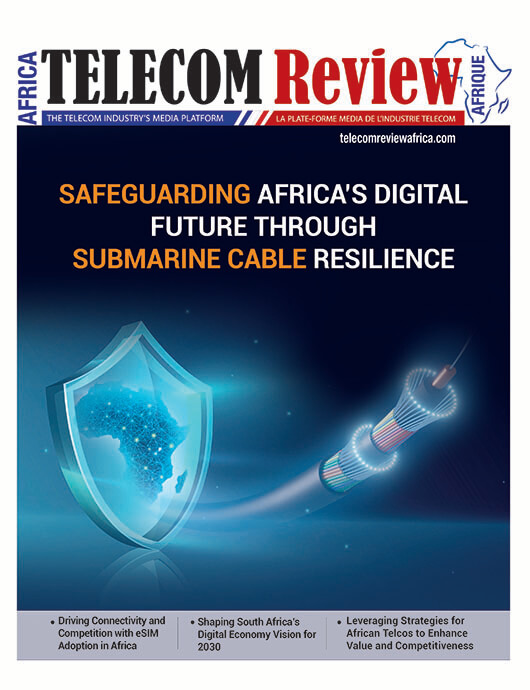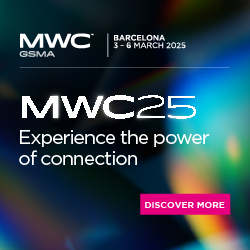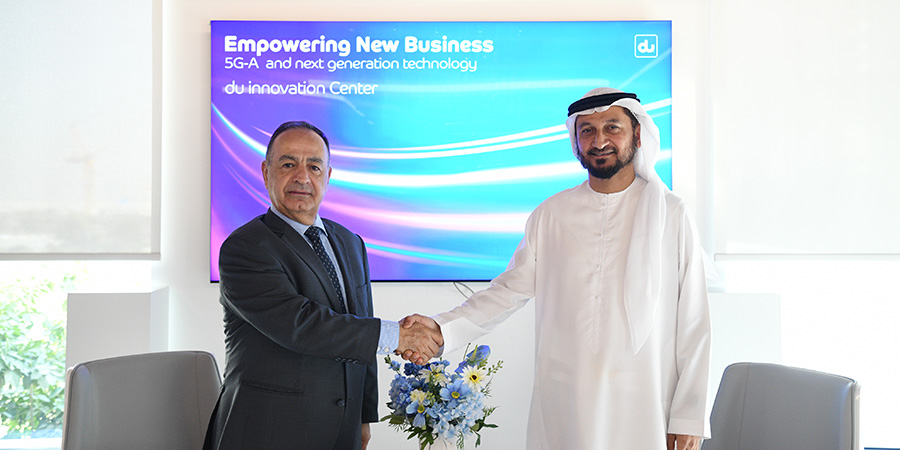In an increasingly interconnected world, high-speed internet access is no longer a luxury but a necessity for economic and social development. In Africa, where traditional wired infrastructure struggles to reach remote areas, Fixed Wireless Access (FWA) technology has emerged as a game-changer. With the potential of 5G networks, FWA offers a promising solution to bridge the connectivity gap and unlock new growth opportunities. FWA, providing wireless internet access to homes or businesses without laying fiber and cables, is particularly suitable for Africa, offering so-called ‘last-mile’ connectivity.
Is Africa FWA-Ready?
FWA is emerging as a viable alternative to traditional fixed broadband, with 116 operators worldwide offering commercial 5G FWA services. In Africa, 30 operators in 17 markets have launched commercial 5G, with 14 offering 5G FWA. However, high costs for customer premises equipment (CPE) are hindering market growth. To address this, measures such as reducing taxes on terminals are recommended. According to GSMA, collaboration among stakeholders is important to facilitate the deployment and adoption of 5G FWA networks, recognizing the importance of connectivity for Africa's digital economy.
According to Ericsson, FWA leverages mobile networks to provide primary broadband access through mobile network-enabled customer premises equipment. This technology is favored by operators as it allows them to utilize existing mobile infrastructure, while end users benefit from services like video streaming, entertainment, e-learning, and remote working, which may not be accessible or affordable through traditional fiber connections.
In Africa, where legacy infrastructure is limited, FWA presents a practical alternative to costly and disruptive fiber deployments. While fiber rollout is increasing, FWA offers quicker and more cost-effective deployment, providing acceptable throughput and latency for many markets.
While 4G FWA exists, the potential of 5G FWA is far greater. 5G FWA utilizes standardized architectures and mobile components to deliver ultra-high-speed broadband services. However, it may face challenges such as interference from natural elements like trees, snow, or rain, requiring smaller cell sizes and increased infrastructure costs. Additionally, backhaul, often reliant on fiber, can be problematic in areas without fiber availability, necessitating potentially expensive microwave or satellite links as alternatives.
Africa's FWA Market
South Africa currently stands as the primary FWA market in Africa, marked by competitive pricing driven by market competition, although still not reaching the vast potential customer base. While fiber pricing is also becoming more competitive, especially in South Africa with the introduction of prepaid pay-as-you-go services catering to low-income subscribers, the adoption of FWA in the rest of Africa holds significant promise.
Nokia predicts that FWA adoption across the Middle East and Africa (MEA) region could reach 23 million subscribers by 2027, predominantly propelled by countries in Southern Africa. Notable strides in FWA technology, such as successful trials of 4G/5G FWA network slicing in Kenya and initiatives in Senegal aimed at establishing digital education ecosystems using FWA technology, underscore the potential of FWA to bridge the digital divide in Africa. However, challenges like the pace of 5G network rollout, spectrum availability, and operator marketing and pricing strategies will influence FWA adoption across the continent, with the promise of FWA in Africa outweighing its current delivery.
Moreover, Huawei's presence in Africa's FWA landscape is notable through its collaboration with operators like Telkom South Africa in deploying innovative solutions. Since 2014, when Telkom South Africa launched Huawei's WTTx solution, the company has been instrumental in extending broadband services to underserved areas, particularly benefiting lower-income segments. This partnership has evolved to include the rollout of 5G FWA services in various regions, showcasing Huawei's role in pioneering advanced connectivity solutions across the continent. With multiple operators across Sub-Saharan Africa launching commercial 5G FWA services, Huawei's expertise and collaboration underscore its commitment to addressing the connectivity challenges faced by both urban and rural communities. Additionally, initiatives like providing FWA connectivity to schools in Senegal highlight Huawei's broader impact in leveraging technology to enhance educational opportunities and bridge the digital divide in Africa.
What’s Next?
In the African context, the challenge of bridging the digital divide is particularly pronounced due to lower levels of broadband penetration compared to other regions globally. The pressing question revolves around efficiently and swiftly providing connectivity to unconnected households and businesses. Solutions for home broadband can be categorized into fixed-dedicated line solutions such as fiber or DSL, satellite-based solutions, and Fixed Wireless Access (FWA). While xDSL and cable offer relatively low investment requirements, fiber stands out for its high-speed capabilities despite facing deployment challenges. FWA, however, presents itself as a cost-effective and flexible alternative, with significantly lower deployment costs and the ability to cater to various use cases beyond home broadband, such as Mobile Broadband (MBB) and Internet of Things (IoT).
Notably, the adoption of FWA in Africa is gaining momentum, especially with the emergence of 5G FWA, which can deliver fiber-like speeds and has already been introduced in markets like Angola, South Africa, Nigeria, and Zimbabwe. FWA holds promise for enabling digital inclusion beyond home connectivity, exemplified by initiatives like the joint effort between FREE Senegal and Ericsson's Connect to Learn program, which aims to connect schools using Fixed Wireless Access technology while providing essential resources like laptops, learning content, and teacher training to support educational development.
FWA, particularly 5G FWA, emerges as a potent instrument to bridge Africa's digital divide. The convergence of 5G technology and Fixed Wireless Access represents a transformative opportunity for Africa. By leveraging the potential of 5G FWA, the region can overcome longstanding connectivity barriers, empower businesses and communities, and unlock new pathways to prosperity. With concerted efforts to address challenges and foster an enabling environment for innovation and investment, Africa is poised to harness the full potential of 5G FWA and pave the way for a digitally inclusive future.





